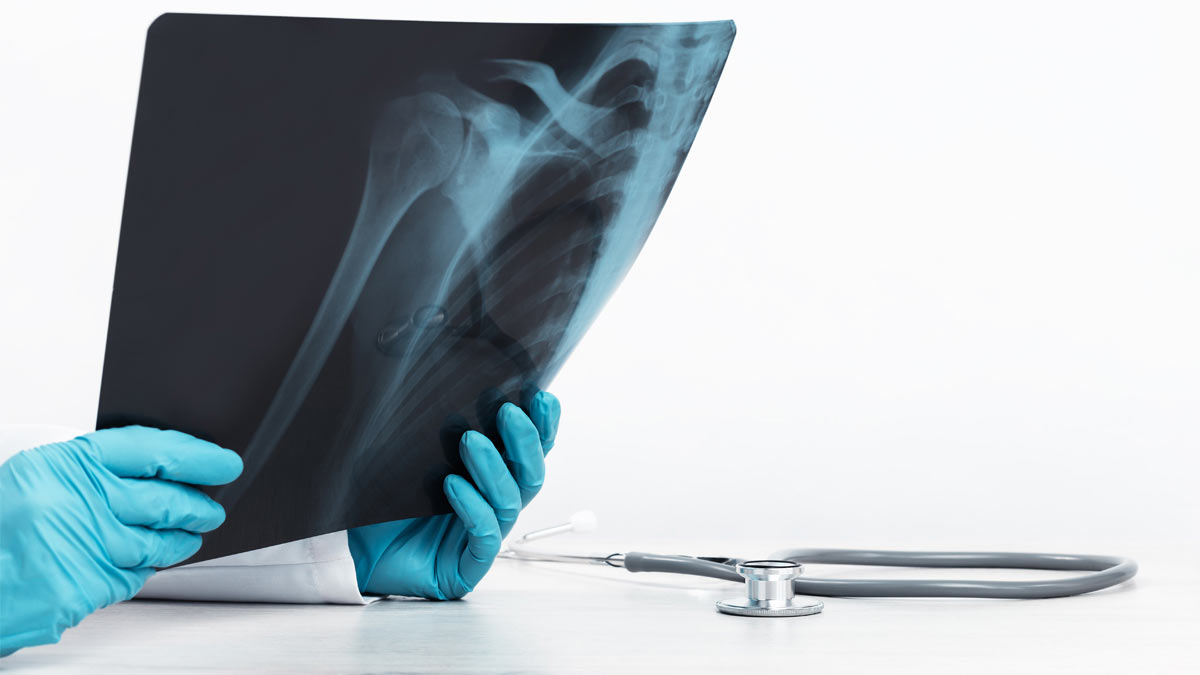When a doctor proposes that you get a medical diagnostic imaging procedure or an X-ray done, it’s important to know the facts about any potential safety issues or adverse health effects that could result from testing.
We know that exposure to radiation increases the risk of developing cancer over a person’s lifetime, and some medical diagnostic imaging procedures and technologies use ionizing radiation, a known carcinogen, to generate images of the body. But depending on a patient’s circumstances, there are significant benefits to be gained from undergoing specific imaging tests that may outweigh any risks involved, including detection and diagnosis of disease and pinpointing the source of injuries or pain.
Mark Grogg, a managing partner with Direct Diagnostic Services LLC, which has offices in Charleston and North Carolina, said that while nuclear medicine imaging radiation signs can often scare people, all imaging practices are closely monitored by the South Carolina Department of Health and Environmental Control and the Nuclear Regulatory Commission.
Strict guidelines, protocols and procedures are implemented to ensure that the patients, staff and the general public are protected.
“We take measures to protect everyone, including the public,” asserted Grogg, who has worked in nuclear medicine since 1989. “We’re under strict scrutiny. That’s all done to protect the public.”
In nuclear medicine imaging, patients are administered a small dose of radioactive material; their radiation exposure is “very low,” according to Grogg. For most common studies, the injection is a radioactive isotope diluted with saline that is generally removed from the patient’s body through the urinary tract, he explained.
Although potential for harm from nuclear imaging is extremely minimal, he added that in medicine it is important to weigh the risk versus benefit while considering testing. While patients are exposed to tiny amounts of radiation, nuclear imaging might help identify a disease in its early stages when treatment would be more effective.
CT Scans
CT (computed tomography) scans provide another example of evaluating the pros and cons of an imaging test. A patient will receive more radiation from a CT scan than the more common nuclear medicine imaging procedures, yet it might be important to have this particular procedure performed, depending on the patient’s symptoms, to determine a treatment plan, noted Grogg.
Circumstances in which patients would want to have a CT scan performed include when they might be having a stroke or may have sustained a pulmonary embolism and there could be a possibly life-threatening blood clot in their lung.
CT scans can be a powerful diagnostic tool for generating images that help detect diseases and injuries, but they do use a series of X-rays, so, from a patient’s perspective, they would receive some level of radiation exposure, he remarked.
However, estimates show that 0.4 % of cancers in the United States are caused by CT scans and the risk of short-term side effects is “extremely low.” Furthermore, the American Cancer Society states that “lower doses of radiation, such as from imaging tests, are not known to cause short-term health problems.”
As professionals, Grogg said that staff working in nuclear medicine imaging or those conducting CT scans or other types of X-rays take measures to protect themselves, including wearing radiation badges that are clipped on and worn at chest level to monitor radiation exposure.
In nuclear medicine, they wear ring badges that calculate both annual amounts of exposure to radiation and cumulative exposure over their career. Grogg monitors these badges on a monthly basis, further scrutinizing anyone with a high rating.
Ultrasounds and MRIs
Some other common medical imaging procedures such as ultrasounds, which use ultrasonic waves and don’t involve radiation at all, present no hazards.
“It’s a very safe procedure,” stated Grogg. “There’s absolutely no patient risk for an ultrasound.”
Like an ultrasound, an MRI doesn’t expose a patient to radiation and therefore is completely safe; however, it does have limitations. Some patients cannot have an MRI performed.
When it comes to having medical diagnostic procedures done, Grogg maintained that patients should be managing their own care and should ask questions of their doctor to determine whether a particular test is warranted. People need to be aware that they have a right to choose where their testing procedures are performed and to understand the benefits of any tests ordered.
“I always encourage patients to ask questions,” Grogg said. “It’s important for patients to feel comfortable that whatever they are exposing themselves to in diagnostic testing is necessary.”
Additional sources:
radiologyinfo.org
medicalnewstoday.com
cancer.org
By Colin McCandless







